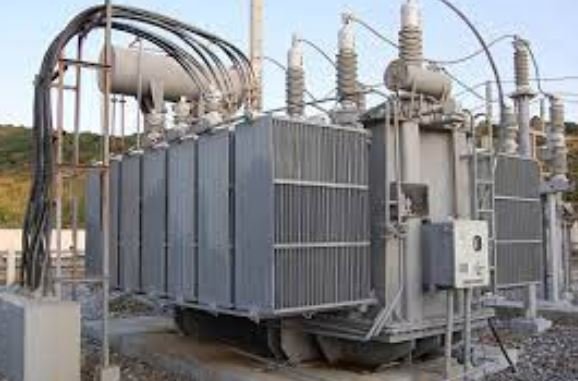Soaring temperatures and transformer breakdowns plunge Jammu into prolonged power crisis
JAMMU, May 22: As Jammu reels under an intense and prolonged heatwave, residents across the region are facing acute power outages, with transformer failures emerging as a major cause of disruption. The rising temperatures have placed extraordinary pressure on the power infrastructure, particularly the transformers, many of which are collapsing under the burden of overloading caused by increased use of air conditioners and other cooling appliances.
The Jammu Power Development Corporation Limited (JPDCL) is battling to keep up with the escalating demand and repeated technical failures. Despite proactive efforts, the crisis appears to be worsening, resulting in scheduled and unscheduled power cuts that are severely impacting daily life in both urban and rural areas.
Official sources have revealed that in the ongoing month of May alone, the Jammu region has reported 835 transformer failures so far — a significant spike compared to 873 cases during the entire month of April. The situation is especially alarming considering that on May 20, over 60 transformers broke down in a single day, underscoring the stress on the power network.
The Chief Engineer of JPDCL, Kamal Kumar Thapa, acknowledged the scale of the challenge and attributed the surge in transformer damage to the dual impact of overloading and extreme temperatures. He emphasized that JPDCL is maintaining a buffer stock of transformers to ensure quick replacements and is working diligently to minimize the disruption to consumers.
“Transformer failure is primarily due to overloading, as people use heavy cooling appliances to combat the heat. We are ensuring that damaged transformers in urban areas are replaced within eight hours, within 12 hours in rural areas, and within 24 hours in remote locations,” said Thapa.
To contain further damage and stabilize the network, JPDCL has implemented scheduled load-shedding, particularly in high-loss zones. Urban areas are facing up to four hours of power cuts, while rural and peripheral areas experience six to eight hours of outages daily. Thapa clarified that areas with less than 15% transmission losses are exempt from scheduled curtailments, as an incentive for responsible power usage.
He also highlighted recent improvements in infrastructure under the Loss Reduction Scheme, which has included upgradation of transmission lines, replacement of overloaded transformers, and enhanced metering. These measures have reportedly reduced both technical losses and the frequency of outages in specific pockets.
However, despite these upgrades, the current crisis reveals that the power infrastructure in Jammu remains vulnerable to seasonal extremes. This year’s heatwave has proven more intense than previous years, and transformer failures are outpacing even last year’s figures, with 763 transformers failing in April 2024 compared to 1163 failures in May 2023 — a benchmark that could be surpassed if current trends continue.
In light of the ongoing crisis, the Chief Engineer has appealed to residents to use electricity judiciously and avoid drawing more than the sanctioned load. He stressed that overconsumption during peak hours contributes directly to transformer overheating and eventual failure, thereby prolonging outages for entire communities.
As Jammu braces for more days of scorching heat, JPDCL is under mounting pressure to ensure continuous supply and improve its responsiveness. While short-term fixes are being implemented swiftly, the crisis also calls for a long-term strategic overhaul of power infrastructure, including expanded capacity, smarter load management, and public awareness campaigns aimed at reducing strain during peak demand periods.




